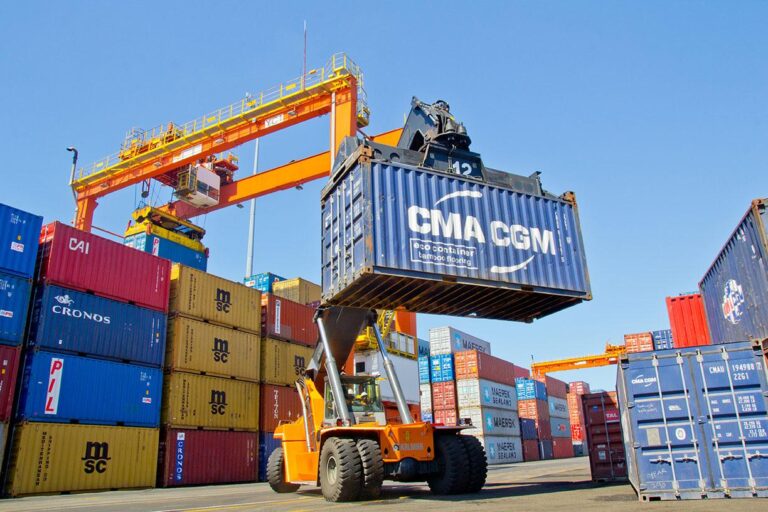Dar es Salaam. Tanzania’s trade performance over the past decade reflects a story of resilience, transformation, and how diversification of exports has helped weather persistent challenges.
Export and import figures released by the Bank of Tanzania (BoT) on May 2, 2025 paint a detailed portrait of the country’s trade account from 2014 to 2024, revealing an upward trajectory in both exports and imports, while also unearthing key shifts in the composition of traded goods and services.
Exports expansion underpinned by diversification
According to the central bank’s data, total exports of goods and services rose from $8.06 billion in 2014 to $15.60 billion in 2024, registering an average annual growth rate of 6.8 percent.
The growth was supported by a steady performance in both traditional and non-traditional exports, and a marked improvement in service receipts, particularly from travel and transportation.
Shining starts in traditional exports
Among traditional exports, cashew nuts and tobacco were the strongest performers.
Cashew earnings jumped from $190.3 million to $541.7 million over the period, benefiting from expanded cultivation and improved global prices.
Tobacco, having experienced a dip in 2014 when earnings stood at $120.5 million, rebounded impressively to reach $509.5 million in 2024.
Coffee exports also maintained a strong showing, with revenue growing from $126.8 million in 2014 to $292.9 million in 2024.
This was largely attributed to favourable unit prices, which peaked at $3,564 per tonne last year.
Gold is still king
On the non-traditional side, gold maintained its position as the country’s leading goods export, with earnings increasing from $1.31 billion to $3.42 billion over the decade.
While diamond exports exhibited fluctuations, gold provided a dependable stream of foreign exchange, partly due to rising global prices and increased output.
A notable development was the remarkable growth in horticultural exports, which climbed from $160.7 million to $507.1 million, showcasing the growing impact of diversification initiatives in the agricultural sector.
Travel and transportation services continued to bolster Tanzania’s external receipts, with travel earnings rising from $2.01 billion to $3.90 billion.
This reflects the steady rebound and expansion of the tourism industry, supported by infrastructure investments, improved services, and increased international arrivals.
Imports demand driven by development and consumption
On the import side, the value of goods and services brought into the country increased from $13.57 billion in 2014 to $16.89 billion in 2024.
The composition of imports shifted notably, with capital and consumer goods leading the rise.
Machinery and transport equipment imports nearly doubled from $3.60 billion to $6.03 billion, mirroring the government’s ongoing investments in infrastructure, energy, and industrial development.
Oil imports, which have historically formed a significant portion of the country’s import bill, saw notable fluctuations.
Having peaked in earlier years, oil imports declined to $2.84 billion by 2024, a trend attributed to changes in global oil prices and the government’s drive towards domestic energy generation and efficiency.
At the same time, consumer goods, including food and manufactured products, saw imports rise from $2.65 billion to $3.85 billion over the decade, reflecting a growing domestic appetite and changing consumption patterns.
Persistent trade deficit, emerging opportunities
Despite the increase in exports, Tanzania continued to record a trade deficit throughout the ten-year period.
However, the gap narrowed modestly by 2024, as export growth outpaced that of imports in relative terms.







